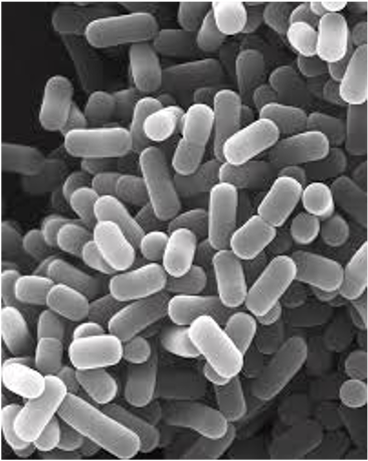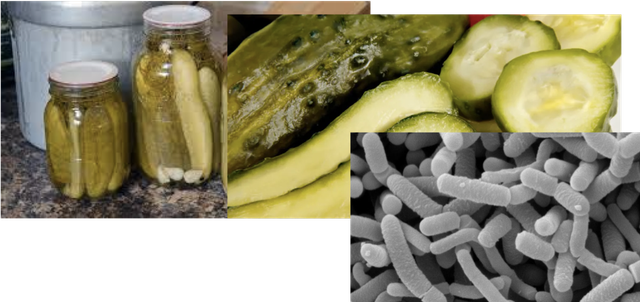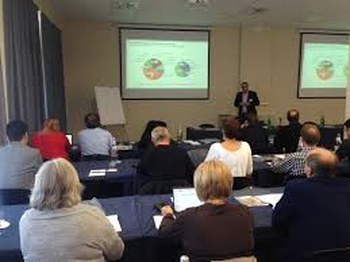Homepage
.
-

A taxonomic note on the genus Lactobacillus (Zheng et al., Int. J. Syst. Evol. Microbiol. 2020;70:2782–285)
-
The genus Lactobacillus reclassified
-
Vedi dettagli
New nomenclature of Lactobacillus
The following link to the tool "lactotax" can be utilized for the correct translation from old to new nomenclature of Lactobacillaceae genera in agreement with the following publication: Commercial product labels and communications should comply with this nomenclature. Go to page

Lactobacillus: Now we’re in a pickle!
Looking at the latest novel species descriptions of the last month I couldn’t help but notice: most were isolated from Asian fermented vegetables/pickles. Congratulations to our Asian colleagues for increasing our knowledge not only of the lactic acid bacteria and their taxonomic diversity, but also the diversity of fermented plant foods from Asia. Not only the lactic acid bacteria are literally in the pickle, so are some of us, as certain names will probably be not quite so easy to pronounce for taxonomists from the Western countries, consider L. huachuanensis, L. suantsaicola, L. suantsaiihabitans, L. jixianensis, L. baoqingensis, L. jiayinensis, L. zhaoyuanensis, Lactobacillus tangyuanensis, Lactobacillus tongjiangensis, L. homohiochi as examples. This shows us that many a traditionally fermented food still can hold a lot of surprises when it comes to novel lactic acid bacterial species.
Go to page
Major changes in the taxonomy of Bifidobacterium and Lactobacillus: consequences for industry
Summary
In June this year, Salvetti and coworkers (*) published the result of a whole genome sequence analysis of 269 species, primarily belonging to the 2 families of the Lactobacillaceae and the Leuconostocaceae. Not surprisingly, the results showed a tree in which phylogeny and taxonomy were in serious disagreement. In order to solve this confusing situation, a considerable renaming at genus level might be necessary. The current genus Lactobacillus (containing over 200 species) is therefore in risk of being renamed and split into at least 10 new genera.
While very defendable from a scientific point of view, practical implications are far reaching, given the fact that many lactobacilli are involved in food fermentations and therefore have a legal status in relation to their use, functionality and safety (labelling, ingredient status, QPS status, GRAS notification, etc…). Name changes could also have consequences for the medical community, as new names may only slowly penetrate into medical laboratories.
In order to make an inventory of the possible consequences and discuss the different options to deal with this extensive renaming, LABIP has composed an impressive international panel of experts, representing different fields in science, law and economics. During 2 days in October these stakeholders will discuss the pros, cons and possible consequences and make some recommendations for a smooth ‘taxonomic transition’.
While taxonomic renaming’s have been quite frequent in the past, the scale at which this is going to happen for microorganisms with such a great importance in food and health, is unprecedented.
We like to thank Prof. Giovanna Felis and Prof. Paola Mattarelli for offering to organize this meeting in the beautiful city of Verona, Italy and LABIP for logistical and financial support.
Bruno Pot
Member of the Taxonomic Subcommittee for lactobacilli, bifidobacteria and related organisms
* Elisa Salvetti, Hugh M. B. Harris, Giovanna E. Felis, Paul W. O’Toole. 2018. Comparative genomics reveals robust phylogroups in the genus Lactobacillus as the basis for reclassification. Appl. Environ. Microbiol. doi:10.1128/AEM.00993-18
Video gallery
archive
Documents and papers